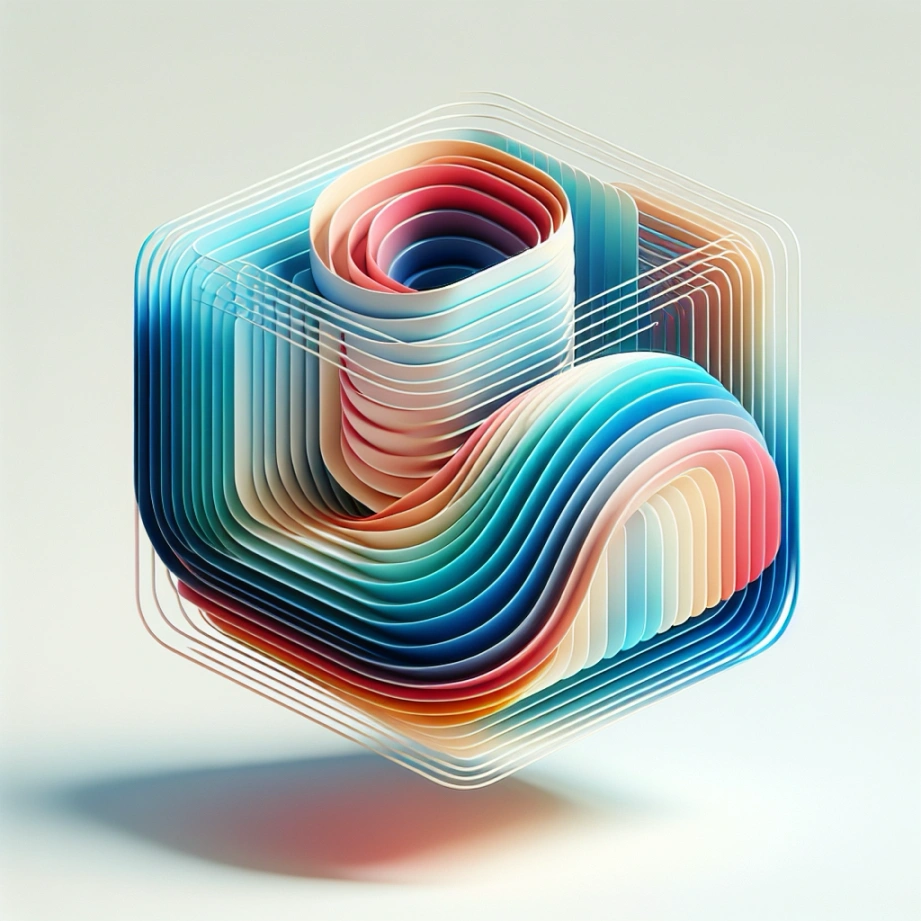Your palette isn’t just pretty—it’s powerful. Here’s how to wield it like a pro.
Ever walked into a room and instantly felt calmer? Or clicked a bright red “Buy Now” button without really knowing why? That’s color psychology at work—and on the web, it’s one of your most underutilized tools.
In 2025, successful websites don’t just look good—they feel right. And color is one of the fastest ways to connect (or disconnect) with your users on an emotional level.
Let’s break down how to use color to make users feel, act, and trust.
1. Color Sets the Mood Before Words Do
People process visuals 60,000 times faster than text. Before a visitor reads a single headline, their brain has already decided: trustworthy or shady, calming or chaotic, premium or discount.
General emotional associations:
- 🔴 Red: Urgent, bold, passionate (or danger)
- 🟠 Orange: Energetic, playful, affordable
- 🟡 Yellow: Cheerful, youthful, attention-grabbing (but high-risk for accessibility)
- 🟢 Green: Natural, trustworthy, calming, “go”
- 🔵 Blue: Stable, secure, corporate, reliable
- 🟣 Purple: Luxurious, creative, spiritual
- ⚫ Black: Sophisticated, powerful, dramatic
- ⚪ White: Clean, minimal, honest, spacious
Use these wisely, or risk sending mixed signals.
2. Conversion Lives in the Details
Color affects behavior. In A/B tests, simple changes—like turning a CTA button from green to red—can spike or tank click-through rates.
Tips for CTAs:
- Use high-contrast buttons that pop against the background.
- Make your CTA a different color than anything else (this is called a “visual isolate”).
- Choose colors based on intent: Want urgency? Try red. Want trust? Try blue or green.
But always, always test. Color is contextual. A red button on a green site feels very different than red on black.
3. Accessibility Isn’t Optional
Color can enhance usability, but it should never be the only way you convey meaning.
Avoid these rookie mistakes:
- Using color alone to show errors or alerts
- Low contrast between text and background (especially pastels on white)
- Ignoring colorblind users—roughly 1 in 12 men can’t distinguish red from green
Run your palette through a contrast checker. WCAG compliance isn’t just legal—it’s ethical.
4. Consistency Builds Trust
Your color palette is part of your brand’s personality. Treat it like a uniform.
Smart color strategy means:
- One primary brand color
- One to two secondary/accent colors
- A neutral background/base palette (usually grayscale)
Too many colors and your site starts to feel like a ransom note. Stay consistent to keep the emotional tone steady.
5. Case Study: Spotify
Spotify nails emotional color use. Their deep greens and blacks create a sleek, immersive experience, while vibrant gradient overlays add energy and youthfulness.
Each playlist and feature has a subtle color shift that aligns with mood—without ever breaking brand coherence.
Final Thoughts: Design with Feeling
Color isn’t decoration—it’s communication. It’s strategy. It’s manipulation, if we’re being honest (and we are).
Done right, color makes users feel safe, excited, empowered, or curious. Done wrong, it makes them confused, anxious, or worse—bored.
In web design, color is your first impression and your emotional undercurrent. Don’t just pick what looks good—pick what feels right.


